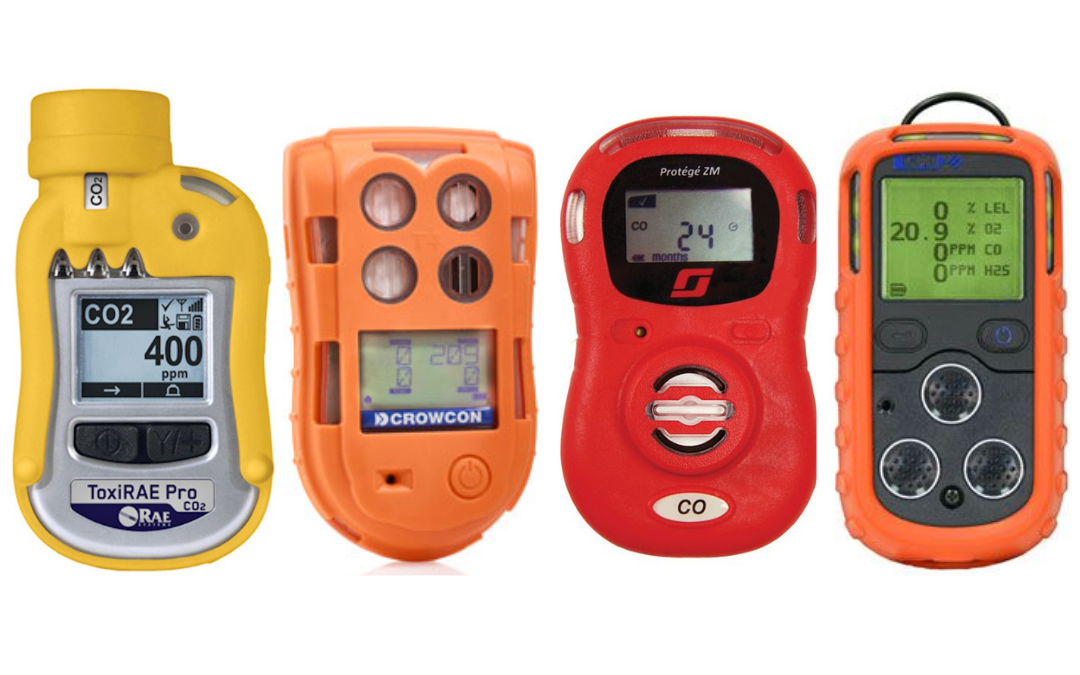Typically, fixed gas detectors are utilised –
For continuous monitoring: Fixed systems are designed to provide continuous monitoring of gas levels, ensuring that no leaks go undetected. Fixed detectors can be deployed in regions that are difficult or risky for personnel to reach on a regular basis. When the risk is constant: Fixed detection can provide continuous monitoring in areas wherever there is a constant threat of gas exposure, such as process areas in a chemical plant and laboratories. It can also be utilised in areas where the public is constantly at risk, such as car parks. When gas levels reach acceptable criteria, fixed systems can be coupled with other safety systems to automatically transmit actions and initiate ventilation, shut down activities, or activate alarms.
Typically, portable gas detectors are utilised –
Portable detectors are worn and used by those working in potentially hazardous areas to provide early warning if gas levels rise to harmful levels.
For restricted spaces: Compact gas locators can be utilized for pre-passage checks prior to entering tanks, vessels, or other restricted spaces, versatile identifiers are utilized to really take a look at the environment for security. For transitory work locales: In development or in brief establishments where fixed gas identification frameworks are not plausible, convenient finders can give fundamental security checking.
For adaptable reaction: They can be immediately sent in light of an occurrence or identification by a decent framework to give more granular information or confirm cautions by giving careful gas readings.
For reviewing and examination: Convenient indicators are utilized during support, assessment, closures, turnarounds, or studying to check regions for gas spills or unsafe circumstances before work starts.

